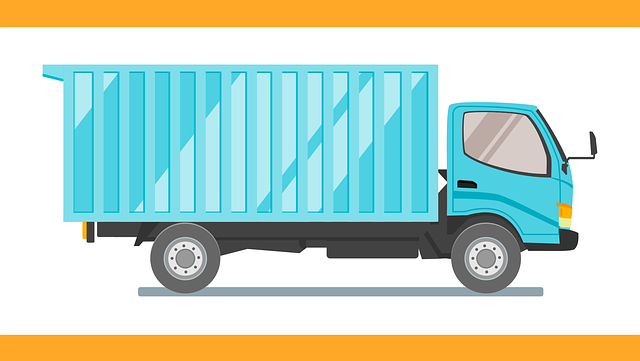— August 18, 2017

JuralMin / Pixabay
In the online shipping world, product returns can be an odious phrase. Returns are often associated with lost money, angry customers, and squandered time. Online retailers may shudder at the mere mention of returns, but it shouldn’t be this way.
Over half of all online customers want hassle-free ecommerce returns according to UPS’ Pulse of the Online Shopper. Not only is it an expectation of the majority of consumers, it can also lead to an increased amount of spending at the retailer’s store. If a customer experiences a painless return process, his or her future spending can increase by up to 457 percent above pre-return spending. Not to mention the potential for positive reviews and word-of-mouth recommendations to follow.
Online retailers who wish to make returns a business asset, instead of an obstacle, should look at the process from the customer’s point of view and consider the following:
1. Proactively Prevent Returns
While returns will always be a part of ecommerce, retailers can do their part to minimize returns that occur when the item doesn’t match the information provided on the website.
When adding a new product to a website’s listings or a third-party marketplace, the product description needs to be detailed, organized, and easy to scan in order to help customers make quick and informed purchase decisions. This means including product dimensions, materials, features, a sizing chart (for clothing), and frequently asked questions.
High-quality product images also make a world of a difference. Make sure to provide multiple angles, size context, and the option to enlarge product images. This helps consumers examine the product’s texture and materials and decide if it’s right for them. It is also a good idea to provide pictures of every available color option. If you’re selling apparel, pay extra attention to these recommendations and always display photos of models wearing the clothing, so that consumers can determine cut and fit.
One of the best ways to ensure that customers will be happy with a purchase is to incentivize past customers to leave product reviews about items that they have kept. According to a survey from PowerReviews, 90 percent of consumers said their buying decisions are influenced by online reviews, 95 percent said that they have consulted customer reviews for every purchase, and 61 percent said they were more likely to trust consumer reviews over friends and family.
Not only that, but 57 percent said they prefer to visit ecommerce sites that offer reviews. Ratings and reviews from fellow consumers provide easily accessible and trustworthy information to help consumers make informed purchase decisions. Encouraging reviews also keep customers engaged with the business’s website versus a competitor’s.
2. Craft the Right Return Policy
Once the product page content has been adjusted, it’s time to take a hard look at the return policy to make sure it has been constructed with both the business and consumer in mind. One of the first things that consumers look at is the return time window. I recommend offering a return window that falls somewhere between 60 to 90 days, unless the product is perishable. A longer return window is especially important if your company sells products that are often purchased as gifts, or those that require a longer period of time to determine satisfaction. For example, businesses that sell mattresses online will often offer 100 night trials with free shipping and free returns.
It’s crucial to clarify the conditions for a product to be returned. Although it will vary by product type, some factors to consider include:
- Do the original packaging and tags need to be intact?
- Are sale/clearance items final sale?
- What determines if damage was inflicted by the consumer or the shipping process?
- Can the product be placed back into inventory?
Next, it’s important to determine which returns shipping service you will use. Should you use a more affordable Ground service or ship it back faster with a Priority service? How will your customers drop off their packages? Will they be able to leave them in their mailbox, using USPS, or is there a convenient FedEx or UPS location nearby? You can also choose to print the return label and include it with the package, or email a printable return label to the customer. It’s important to take time to weigh these options because not only will these decisions affect the company’s bottom line, they will also affect the customer’s overall experience.
3. Make the Returns Process Stress-free
After you’ve customized your return policy to make the best business sense and keep customers happy, it’s time to ensure that it can be accessed wherever a customer would look for it. This includes product pages, at checkout, in the physical package, etc. Make sure that customers can easily access the return policy and return instructions to make it smoother for everyone involved.
Providing return packaging if the original box or package isn’t reusable (poly bags, small mailers, etc.) is another way to make returns convenient for the customer. This also means including the shipping label, as nearly half of online shoppers want an easy-to-print return label, according to the 2016 UPS Pulse of the Online Shopper.
And last but not least, consider whether or not you want to establish a centralized returns portal for your customers. Customer-initiated returns eliminate the need for lengthy customer service calls or email exchanges. The customer simply selects a reason for the return and then receives a return shipment label.
An easy-to-navigate returns experience from the first time a customer orders a product to the time the customer requests a refund, if needed, will result in repeat customers, more orders, better customer reviews, and new customers flocking to your online business.
Digital & Social Articles on Business 2 Community
(76)
Report Post







